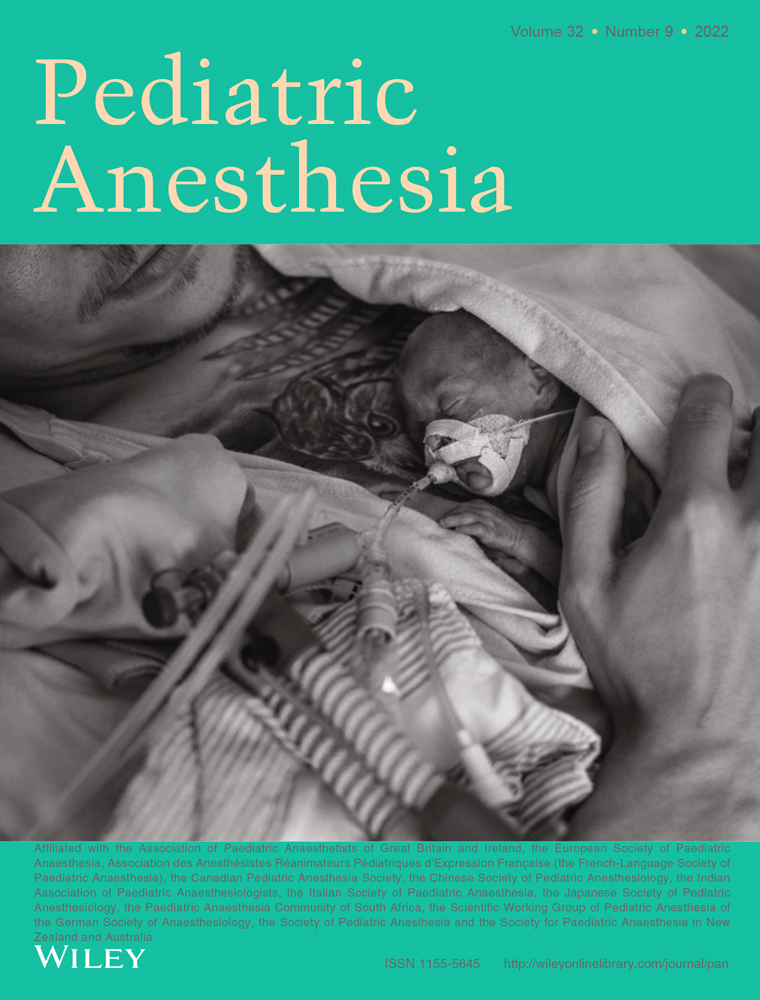A prospective observational study of video laryngoscopy-guided coaching in the pediatric intensive care unit
Section Editor: Clyde Matava
Abstract
Background
There are limited data on the use of video laryngoscopy for pediatric patients outside of the operating room.
Aim
Our primary aim was to evaluate whether implementation of video laryngoscopy-guided coaching for tracheal intubation is feasible with a high level of compliance and associated with a reduction in adverse tracheal intubation-associated events.
Methods
This is a pre-post observational study of video laryngoscopy implementation with standardized coaching language for tracheal intubation in a single-center, pediatric intensive care unit. The use of video laryngoscopy as a coaching device with standardized coaching language was implemented as a part of practice improvement. All patients in the pediatric intensive care unit were included between January 2016 and December 2017 who underwent primary tracheal intubation with either video laryngoscopy or direct laryngoscopy. The uptake of the implementation, sustained compliance, tracheal intubation outcomes including all adverse tracheal intubation-associated events, oxygen desaturations (<80% SpO2), and first attempt success were measured.
Results
Among 580 tracheal intubations, 284 (49%) were performed during the preimplementation phase, and 296 (51%) postimplementation. Compliance for the use of video laryngoscopy with standardized coaching language was high (74% postimplementation) and sustained. There were no statistically significant differences in adverse tracheal intubation-associated events between the two phases (pre- 9% vs. post- 5%, absolute difference −3%, CI95: −8% to 1%, p = .11), oxygen desaturations <80% (pre- 13% vs. post- 13%, absolute difference 1%, CI95: –6% to 5%, p = .75), or first attempt success (pre- 73% vs. post- 76%, absolute difference 4%, CI95: –3% to 11%, p = .29). Supervisors were more likely to use the standardized coaching language when video laryngoscopy was used for tracheal intubation than with standard direct laryngoscopy (80% vs. 43%, absolute difference 37%, CI95: 23% to 51%, p < .001).
Conclusions
Implementation of video laryngoscopy as a supervising device with standardized coaching language was feasible with high level of adherence, yet not associated with an increased occurrence of any adverse tracheal intubation-associated events and oxygen desaturation.
Open Research
DATA AVAILABILITY STATEMENT
The data that support the findings of this study are available from the corresponding author upon reasonable request.




